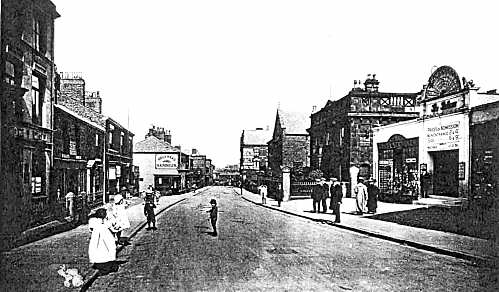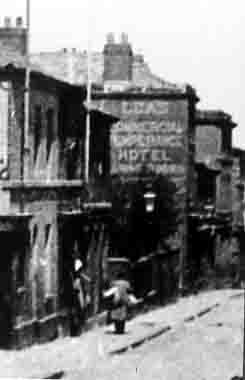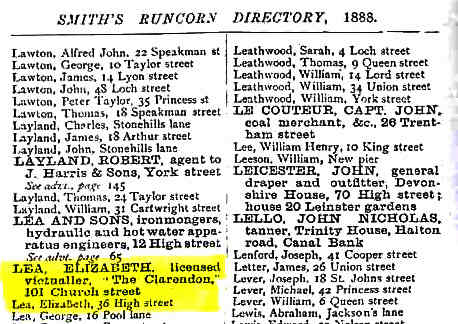TEMPERANCE IN VICTORIAN HALTON, RUNCORN AND WIDNES
Temperance and Adults
Just as Bands of Hope provided for children's needs, Good Templar Lodges existed for adults. Not unlike Freemasons' Lodges, Good Templarism acquired a certain mystique, use of passwords and a peculiar hand-shake tending to exclude rather than draw in the potential teetotaller.
As a matter of interest, Joan Perkin, in her book Victorian Women published by John Murray (1993) points out that the early temperance movement was supported publicly by many Quakers and evangelical women. Although temperance lecturers of the 1850s and 1860s were predominantly men, it was Anna Carlile who, when visiting a Leeds Sunday school in 1847, first applied the term "Band of Hope" to groups of children organised for temperance work. She also tells of how Thomas Cook, the famous travel agent, was the secretary of a temperance association and how his agency was born when he started organising special trains to take temperance members of Leicester to temperance demonstrations in other towns.
In Widnes Good Templarism was practised at the Star of Widnes Lodge. The Widnes Dock Total Abstinence Society met in the Primitive school-room on Monday evenings under the presidency of Robert Hollis. Children's temperance education was provided by the Primitive Methodist's Band of Hope, Mr John Owens leading. The Independent Order of Rechabites and the South Lancashire and North Cheshire Total Abstinence Union held regular tea meetings in the town.
The smoke, fumes and smells of Widnes encouraged the population to escape the town whenever this was possible. For example on 14th July 1879, a Monday, the International Order of Good Templars (Star of Widnes Lodge) arranged a trip to Eastham - then called the "Richmond of the Mersey" after Richmond-on-Thames - on the S.S. Wasp. At a fare of 1s. 3d. five hundred day trippers left Widnes Docks at 7.45 am. cruising first to New Brighton where the ship turned and headed for Eastham. Entertained by the Good Templars Brass band, the passengers spent 6½ hours at Eastham before the return sail to Widnes.

Whether or not one belonged to a Good Templar Lodge, the adult temperance movement exhibited certain characteristics that were plain for all to see. The Good Templar's equivalent to signing the pledge was accepting an "obligation" so, quaint by today's standards, the challenge "Are you obligated brother?" was a normal part of social conversation. Temperance drinks replaced alcoholic ones. WHEATLEY HOP BITTERS, the Monarch's temperance drink was a national favourite. In the final days of Runcorn ferry, the temperance song "Ply the Oar, Brother" - as published in a Methodist temperance magazine circulating in Runcorn in 1873 - was a much aired refrain of Methodist teetotallers crossing to and from Widnes.
Bert Starkey also tells us that the Warrington Guardian of the day carried advertisements for Lea's Temperance and Commercial Hotel in High Street, Runcorn - and that in 1883 the "Old Hall" in High Street was demolished to make way for the Salvation Army citadel. He also observed that press reports of the Petty Sessions implied that the Army's Officers have been kept very busy in and around the Public houses of Victorian and Edwardian Runcorn.

The 1881 census for Runcorn includes details of the household at 36 High Street. The head was Elizabeth Lea, a widow of 54 years, hotel keeper and furniture dealer; Sarah, daughter, 25, was a waitress; Thomas, son, 23, a baker; James, son, 20, a greengrocer's shopman and Margaret, daughter, 17, assisted in the furniture shop. Two visitors were listed: Frederick Knight-Booth, 24, from Portsmouth and Richard Edmund Roberts, 23, from Coalbrookdale, Shropshire, both unmarried and both outdoor officers of H.M. Customs and Excise. This establishment remained open for many years - see Kelly's directories for 1906 and 1910.

References to the Temperance Hotel in Runcorn High Street from Trade Directories, above and left, and to the Clarendon Hotel,bottom left, as mentioned in main text.


Next page "Mersey Mission for Seamen"